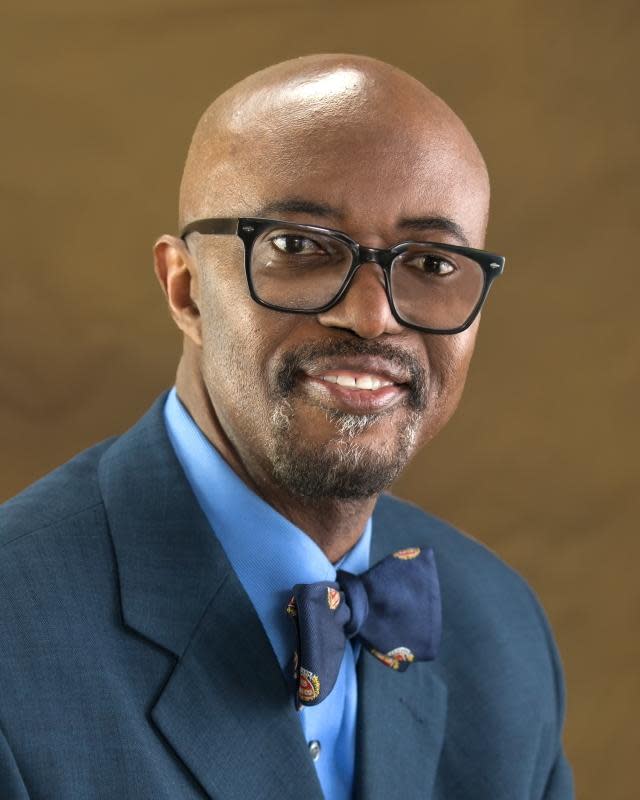Kojo Quartey: Human development rankings and the world economies

In 1990, the United Nations Development Program (UNDP) published its Human Development Report in which it had the newly developed Human Development Index (HDI). The HDI is an index which measures the average achievement of countries in three basic areas: healthy and long life (life expectancy), access to knowledge (as measured by educational achievement), and decent standard of living (Gross National Income per capita – average earnings).
Prior to the development of the HDI, a nation’s GDP was used as the measure of that nation’s well-being, however, that is inadequate, so some bright economists came up with this much better measure. Based on the data, a nation's HDI score can range from a low of 0 to a high of 1. The countries are divided into four categories and ranked accordingly:
Very High Human Development: HDI between 0.8 and 1.0
High Human Development: HDI between 0.7 and .8
Medium Human Development: HDI between 0.5 and 0.7
Low Human Development: HDI between 0.0 and 0.5.
Based on the latest available rankings from 2021, Switzerland ranks No. 1 followed by Norway, Iceland, Hong Kong, Australia, Denmark, Sweden, Ireland, Germany and the Netherlands in the top 10. I am sure you are wondering where the largest economy in the world ranks. Well the United States did not even make the top 20; we were ranked 21st. At least we made the top 25. We ranked behind Singapore (12), South Korea (19) and even Canada! Mon Dieu! Our shortcomings were in the area of life expectancy (77), compared to Switzerland’s at 84. This is no cause for alarm, as the U.S. is still one of 75 “Very High Human Development” nations. A few of the nations in this group that raises my eyebrows are Uruguay, Turkey, Hungary, Russian Federation, Romania, Georgia and Thailand, to name a few. I would have thought they would be in a lower tier.
The next group, the “High Human Development” group, has nations like Cuba, Iran, Mexico, Jamaica, South Africa, and Vietnam. Some of these nations have low per-capita GNI but a fairly decent life expectancy.
The “Medium Human Development” group has countries which are essentially struggling but may be considered as “developing” or “emerging” economies. Some of these are Venezuela, Iraq, Ghana, Botswana, the Philippines, India, and Kenya, among others. Life expectancy for many of these is under 70 and educational or mean years of schooling is less than 10th grade, while GNI per capita is well under $10,000 a year.
The “Low Human Development” group contains a list of countries where life expectancy is under 60, mean years of schooling is under fifth grade, and per-capita GNI is under $2,000 annually. These are essentially the poorest countries in the world. Take one guess where most of these countries are located! Yes, you got it, Africa! With the exception of Pakistan, Yemen, Haiti and Afghanistan, all are in Africa. They include countries such as Sudan, Eritrea, Liberia, Guinea, and at the very bottom of the HDI list is South Sudan, one of the world’s newest countries born out of poverty, subjugation, war, discrimination and strife. Their HDI score is 0.385 compared to Switzerland’s high of 0.962.
These rankings tell us how well these nations are or are not doing. It is not an index of equity or equality, just development. If you have ever traveled to or lived in any of these countries, as I have, you can admit that the HDI is a fairly accurate representation of well-being in these nations. One challenge with such Western-based measures is that it does not account for the nonmarket or nonmoney economy. For example, there could be a family which produces and consumes its own food and lives very comfortably, but that is not captured in these numbers.
While not perfect, the HDI is a better measure of well-being than GDP alone. New tools are being developed every day to give us a better idea, but as would be expected, some nations are doing well and others are not. The question is, how do we get to the point where human development improves in every nation? Your guess is as good as mine.
Kojo Quartey, Ph.D., is president of Monroe County Community College and an economist.
This article originally appeared on The Monroe News: Kojo Quartey: Human development rankings and the world economies

